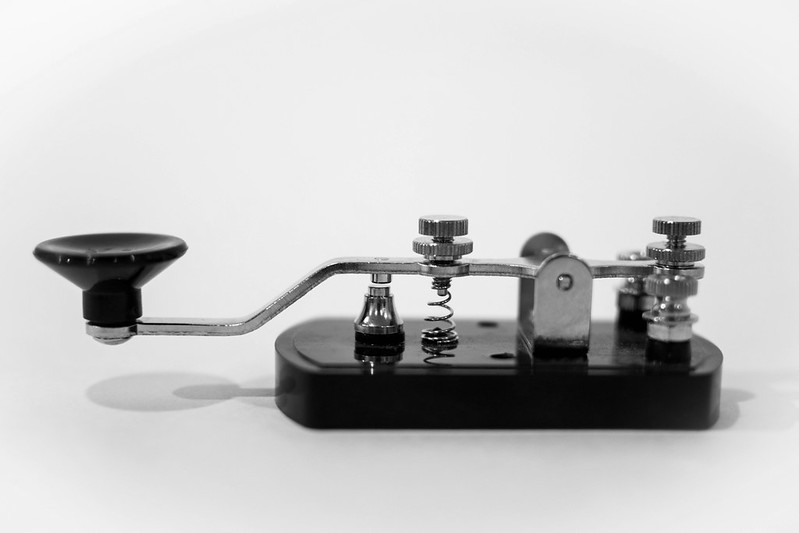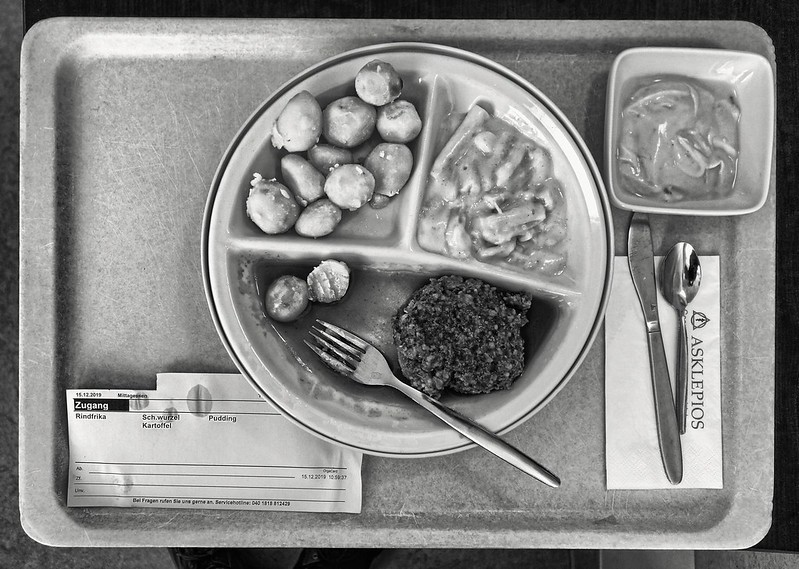Breaking the Curse: Communication in Health Care Teams
During my pediatric rotation, a little girl was brought to the ED the day her family was set to leave for vacation. Her physical exam and imaging confirmed a ruptured appendix that would require surgery and almost a week of IV antibiotics, meaning our patient would miss her family’s forthcoming vacation.







